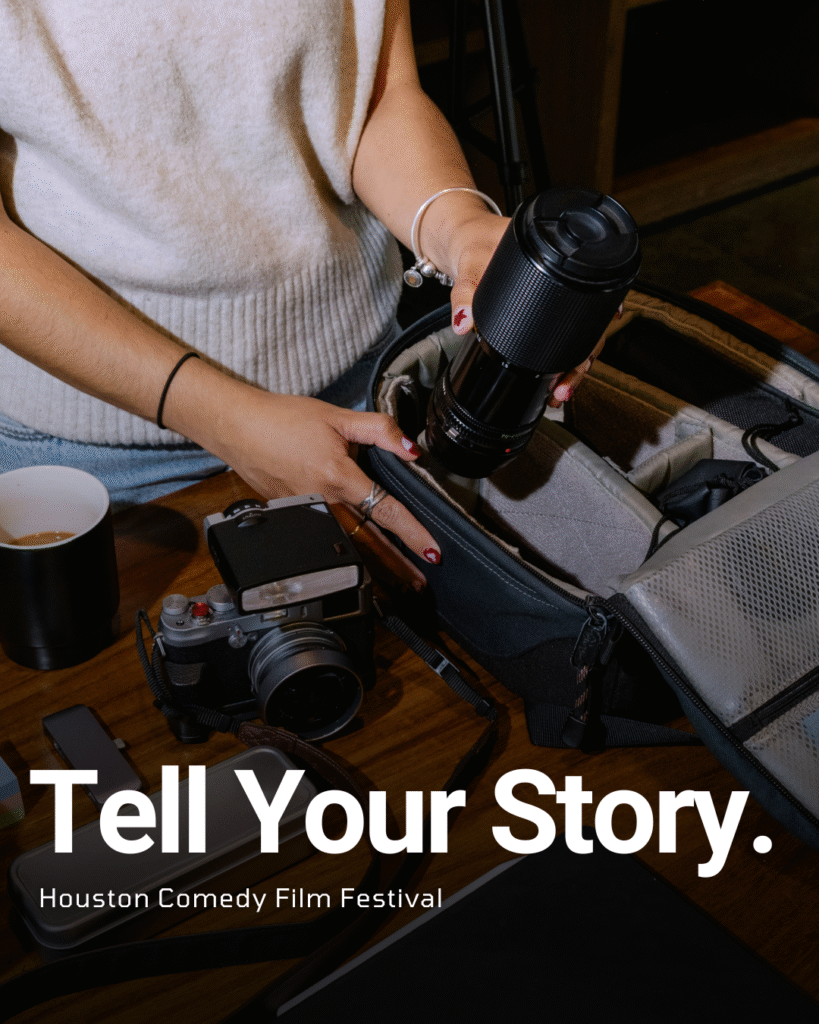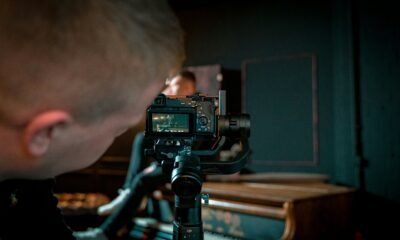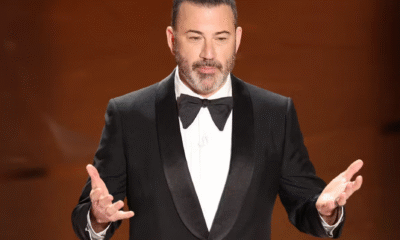Entertainment
Meghan Markle: Heartbroken Following “Devastating Slam” From Friend of the … on November 3, 2023 at 10:04 pm The Hollywood Gossip
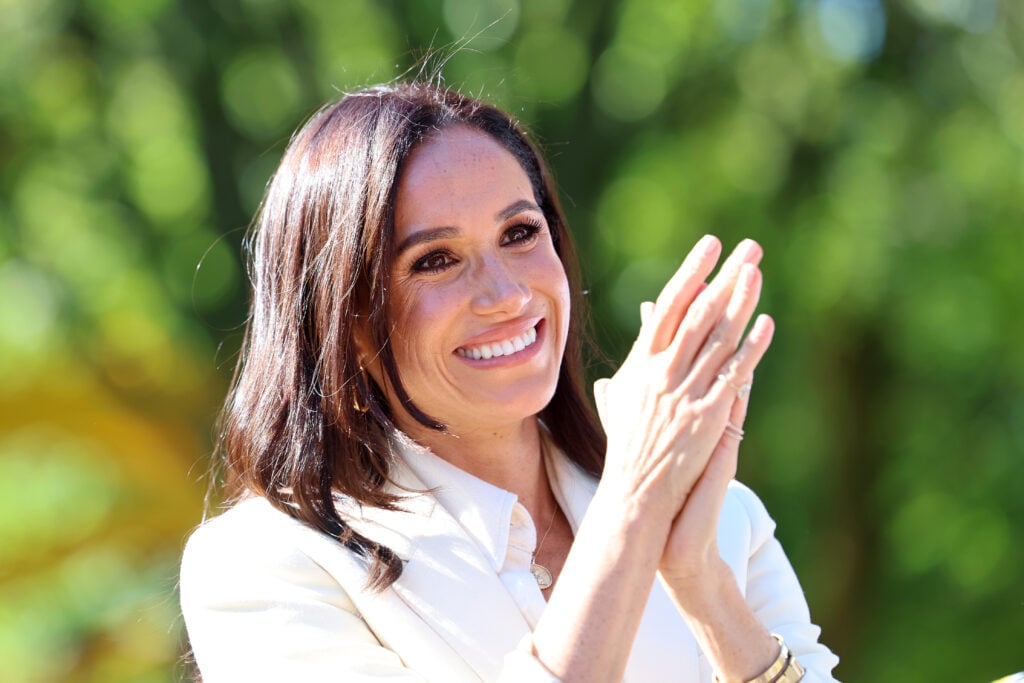
Since the start of the year, Meghan Markle and Prince Harry have been dealing with far more negative press than usual.
And that’s saying something, as these two had already encountered a tremendous amount of criticism.
Most of it, of course, came from the British tabloid media, several members of which placed a target on Meghan’s back the moment she entered the international spotlight.
But perhaps the most impactful condemnation came from a highly respected noblewoman with close ties to several members of the royal family.
Meghan, Duchess of Sussex attends the cycling medal ceremony at the Cycling Track during day six of the Invictus Games Düsseldorf 2023 on September 15, 2023 in Duesseldorf, Germany. (Photo Credit: Getty Images)
As we previously reported Anne Tennant, Baronness Glenconner blasted Meghan in a surprising interview last month.
Glenconner was a close friend of Queen Elizabeth II’s, who also served as lady-in-waiting to the queen’s sister, Princess Margaret.
“I think the thing about Meghan was, she had no idea what was expected of her really and thought it was sort of like being another actress, you know. Riding around in a golden coach and everything like that,” said during a podcast appearance on October 20.
Prince Harry, Duke of Sussex and Meghan, Duchess of Sussex meet with NATO Joint Force Command and families from Italy and Netherlands during day five of the Invictus Games Düsseldorf 2023 on September 14, 2023 in Duesseldorf, Germany. (Photo Credit: Getty Images)
“I feel very sad for Harry,” she added.
Needless to say, Glenconner’s criticism was far more blunt than what we’re accustomed to hearing from the royals and their direct associates.
Obviously, on this side of the pond, Lady Glenconner is not exactly a household name.
Most Brits probably don’t know who she is either, but those people respect the hell out of a royal title.
Prince Harry, Duke of Sussex and Meghan, Duchess of Sussex attend the cycling medal ceremony at the Cycling Track during day six of the Invictus Games Düsseldorf 2023 on September 15, 2023 in Duesseldorf, Germany. (Photo Credit: Getty Images)
So that savage burn from the late queen’s bestie has had quite an impact in the UK.
In fact, one insider recently said of Meghan that “she’s back in the hot seat” as a result of Lady Glenconner’s remarks.
The source pointed out that Glenconner “basically says Meghan didn’t take royal life seriously, treated it like a movie role and used it to become a bigger celebrity.”
The comment was widely circulated on social media, as apparently, it reflects the feelings of many Brits toward Meghan.
Prince Harry and Meghan Markle attend the Wheelchair Basketball Finals between USA and France at Centre Court, Merkus Spiel-Arena during day four of the Invictus Games Dusseldorf 2023 on September 13, 2023 in Duesseldorf, Germany. (Photo Credit: Getty Images)
“It’s a devastating slam from a highly regarded insider – and it’s sparked a new war between Meghan and the royal family,” the source told In Touch (via Yahoo! News).
Glenconner also recalled a conversation in which she asked former US secretary of state John Kerry about Americans’ opinion of Meghan.
“He said, ‘We all feel very, very sorry for Harry. I think I can just leave it at that,’” she claimed.
Meghan Markle meets with NATO Joint Force Command and families from Italy and Netherlands during day five of the Invictus Games Düsseldorf 2023 on September 14, 2023 in Duesseldorf, Germany. (Photo Credit: Getty Images)
According to In Touch‘s insider, Meghan is “upset and furious” and “feels like it ’s yet another low blow aimed to assassinate her character.”
The source added that the duchess “believes the royal family is loving this – especially the ‘feeling bad for Harry’ comments.”
Sadly, Meghan is probably correct on that score.
But hey, it’s not the royals were big fans of hers before Lady Glenconner talked all that trash!
Meghan Markle: Heartbroken Following “Devastating Slam” From Friend of the … was originally published on The Hollywood Gossip.
Since the start of the year, Meghan Markle and Prince Harry have been dealing with far more negative press than …
Meghan Markle: Heartbroken Following “Devastating Slam” From Friend of the … was originally published on The Hollywood Gossip.
The Hollywood Gossip Read More
Entertainment
California Bans AI Clones from Replacing Real Talent

California just made a dramatic stand for human creativity, defeating the threat of AI actor clones with a sweeping new law that puts people—not algorithms—back in the Hollywood spotlight. With the stroke of Governor Gavin Newsom’s pen in October 2025, the state has sent a clear message to studios, tech companies, and the world: entertainment’s heart belongs to those who create and perform, not to digital facsimiles.
California Draws a Hard Line: No More AI Clones
For months, the entertainment industry has been divided over the use of artificial intelligence in filmmaking. Studios, lured by promises of cost-cutting and creative flexibility, have invested in software that can mimic an actor’s face, voice, and even emotional range. But for performers, this wave of synthetic reproduction has triggered alarm—encouraged by chilling stories of deepfakes, unauthorized digital doubles, and contracts that let studios reuse a star’s likeness indefinitely, sometimes without pay or approval.
The new California law, anchored by AB 2602 and AB 1836, changes everything:
- Every contract must explicitly detail how studios can use digital replicas or voice models, preventing once-common “blank check” agreements that overlooked this risk.
- No one—not studios nor streaming giants—can create or release AI-generated clones of an actor, living or dead, without clear, written consent from the performer or their estate.
- The law gives families new powers to defend loved ones from posthumous deepfake exploitation, closing painful loopholes that once let virtual versions of late icons appear in new ads, films, or games.
Actors Celebrate a Major Victory
The legislation rides the momentum of the recent SAG-AFTRA strike, where real-life talent demanded control over their own digital destinies. Leaders say these protections will empower artists to negotiate fair contracts and refuse participation in projects that cross ethical lines, restoring dignity and choice in an industry threatened by silent algorithms.
Stars, unions, and advocacy groups are hailing the law as the most robust defense yet against unwanted AI replications.
As one actor put it, “This isn’t just about money—it’s about identity, legacy, and respect for real artists in a synthetic age.”
A New Chapter for the Entertainment Industry
California’s move isn’t just a victory for local talent—it’s a warning shot to studios everywhere. Companies will now be forced to rethink production pipelines, consult legal counsel, and obtain proper clearance before digitally cloning anyone. Global entertainment platforms and tech developers will need to comply if they want to do business in the world’s entertainment capital.

These laws also set a template likely to ripple through other creative fields, from musicians whose voices can be synthesized to writers whose work could be mimicked by generative AI. For now, California performers finally have a powerful shield, ready to fight for the right to shape their own public image.
Conclusion: Human Talent Takes Center Stage
With its no-nonsense ban on AI actor clones, California draws a bold line, championing the work, likeness, and very humanity of its creative stars. It’s a landmark step that forces the entertainment industry to choose: respect real talent, or face real consequences. The age of the consentless digital double is over—human performers remain the true source of Hollywood magic.
Entertainment
Chaos and Comedy: Darby Kingman’s “Camp Wackapoo: Rise of Glog”
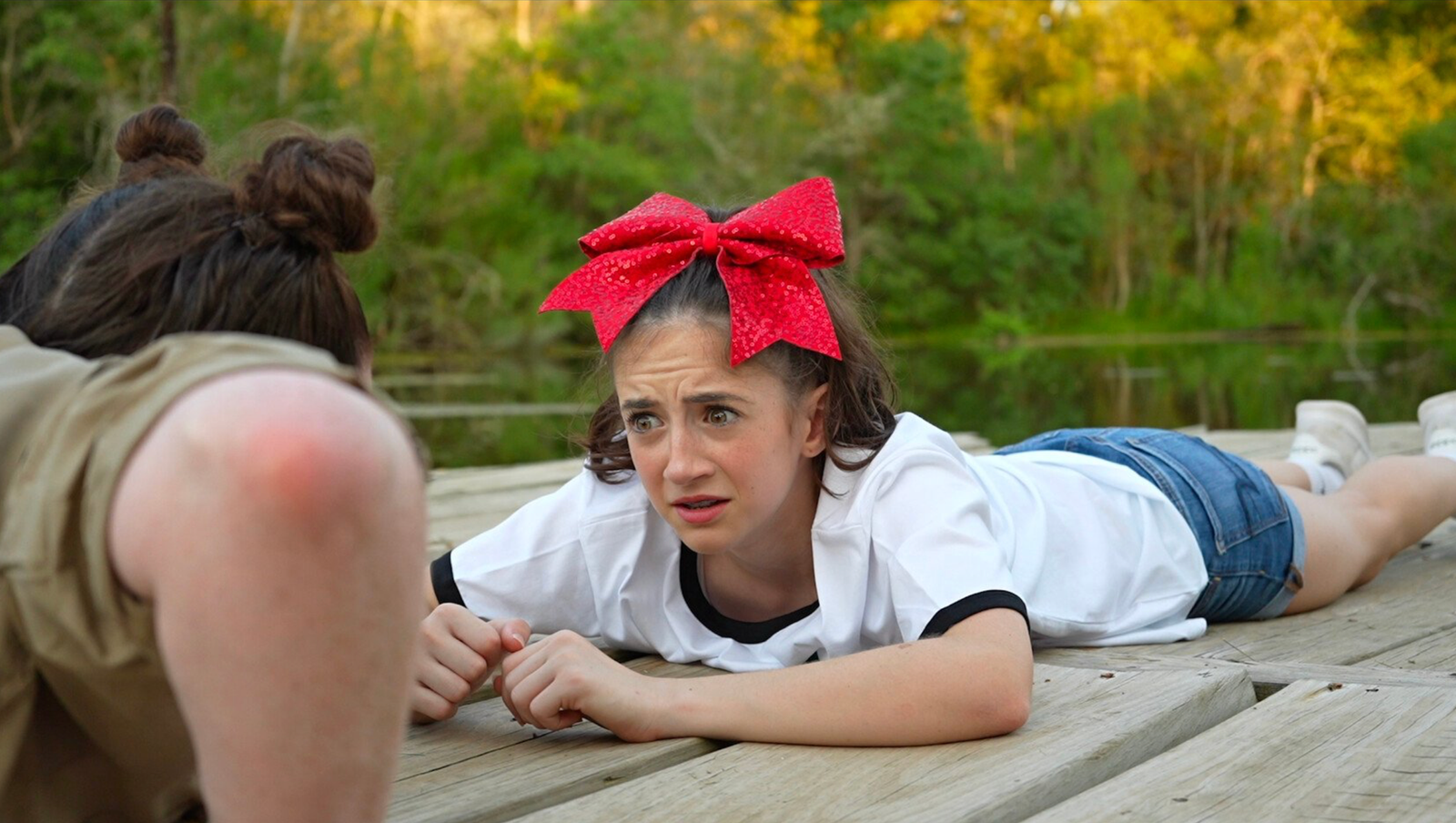
Darby Kingman’s “Camp Wackapoo: Rise of Glog” redefines summer camp comedy with a wild, energetic story about ambition, chaos, and the joy of embracing the unexpected. The film centers on a relentlessly competitive camp counselor who’s determined to finish first—only to face a motley crew of unruly campers and a summer unlike any other.
As Darby puts it, “Not everything is that deep. It really honestly was to make people laugh. She has all these kids that are not working with her and she’s just losing her mind. It’s crazy, silly, goofy, and it was a blast.”
What started as a simple scene for Darby’s acting reel evolved into a full-fledged film with encouragement from her mentor at Debbie Reynolds Acting School. Darby dove into every role—writing, directing, starring, and meticulously preparing each prop and costume. “Plan and prepare, but also be flexible and ready to be in the moment—that’s when the magic happens,” she advises.
Working with a handpicked cast of her own dance students, Darby built an atmosphere of real teamwork and camaraderie. She credits the “precious” energy of her young cast, her creative director of photography, and the overall spirit of her production team for turning the project into something bigger than herself. Her experience is an inspiring blueprint for indie filmmakers:
“Take initiative and control of your career. You can’t just sit around and wait for somebody to pick you. Figure out what you’re good at and go for it. Create something that brings joy to others.”
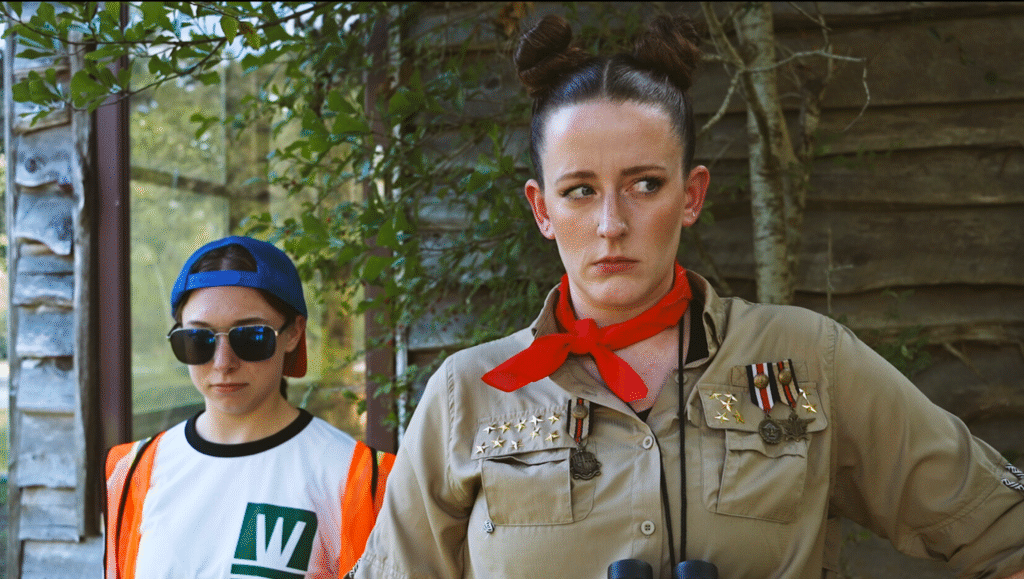
Her production motto? “Preparation is key, but you have to be ready to go with the flow—that’s when the magic happens.” Darby’s fearless creativity, focus on collaboration, and love for comedy shine throughout “Camp Wackapoo: Rise of Glog.” It’s more than just a camp satire—it’s a heartfelt testament to hard work, original humor, and leadership from the ground up: “People need to laugh right now. That’s a win.”
Catch “Camp Wackapoo: Rise of Glog” and experience Darby’s infectious energy and comic genius at the Deluxe Theatre on November 1, 2025. Get your tickets now at Houstoncomedyfilmfestival.com.
Entertainment
Diane Keaton Dies at 79
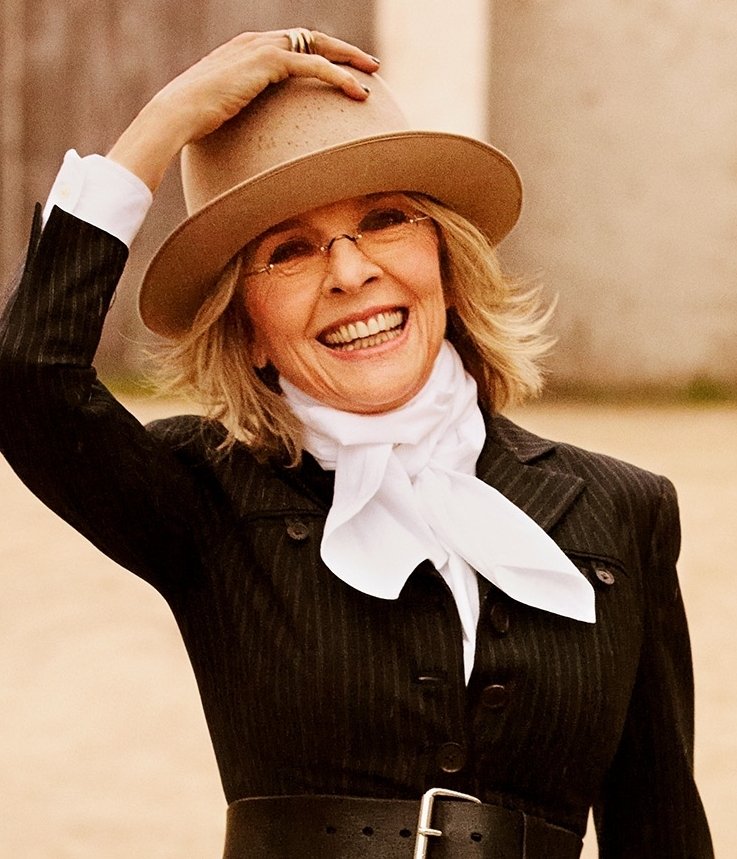
The world of film and entertainment is mourning the loss of Diane Keaton, an Oscar-winning actress renowned for her enduring talent, individuality, and influence on generations of performers and fans. Keaton died at the age of 79 in California on Saturday, October 11, 2025, her family confirmed. Details remain private, with her family requesting privacy as they grieve this profound loss.
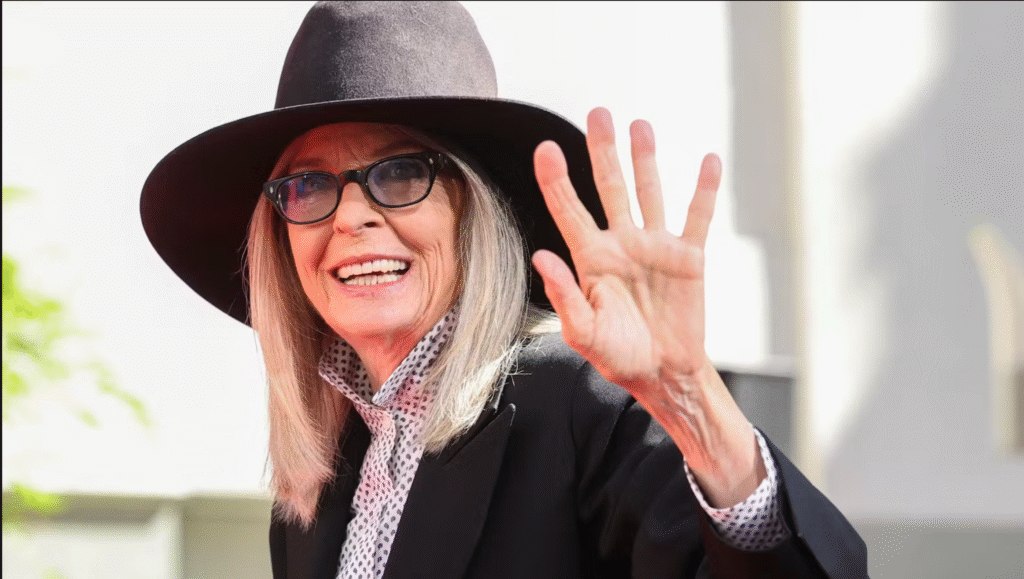
A Distinctive Talent
Diane Keaton rose to fame in the 1970s through a series of memorable roles, most notably as Kay Adams in “The Godfather” trilogy and as the quirky, unforgettable lead in Woody Allen’s “Annie Hall,” for which she won the Academy Award for Best Actress. Her performances in films like “The First Wives Club,” “Something’s Gotta Give,” and the “Book Club” series solidified her reputation as an actress with unique comedic timing and dramatic depth. Keaton was celebrated not only for her artistry but also for her androgynous fashion sense, characterized by menswear-inspired looks, hats, and an easy, effortless style that influenced generations.
Legacy and Tributes
Following the news of her passing, tributes poured in from Hollywood and beyond. Bette Midler, Goldie Hawn, and Jane Fonda were among the countless stars who expressed devastation and admiration for Keaton’s incomparable legacy. Hawn recalled their friendship and collaborations, writing: “Diane, we aren’t ready to lose you…you stole the hearts of the world and shared your genius with millions”. Midler echoed the sentiment, praising Keaton as “brilliant, beautiful, extraordinary” and a truly original presence in Hollywood.

Private Struggles and Final Months
Though fiercely independent and known for her openness, Keaton kept her declining health private in her final months. Friends and neighbors noticed her retreat from public life and social media, and she was recently seen less often in her Brentwood neighborhood. In the past, Keaton candidly discussed her ongoing battles with skin cancer and bulimia, openly advocating for personal health and authenticity.
Remembering Diane Keaton
Diane Keaton leaves behind a legacy defined by her fearless performances, unique style, and enduring influence on the arts. She is survived by her two children, Dexter and Duke. As Hollywood and her global fanbase mourn, her pioneering spirit and unmistakable voice will continue to inspire generations.

 Business3 weeks ago
Business3 weeks agoDisney Loses $3.87 Billion as Subscription Cancellations Surge After Kimmel Suspension

 Entertainment3 weeks ago
Entertainment3 weeks agoWhat the Deletion Frenzy Reveals in the David and Celeste Tragedy

 Filmmaking4 weeks ago
Filmmaking4 weeks agoThe Real Reasons Film Jobs Are Disappearing

 Entertainment4 weeks ago
Entertainment4 weeks agoABC Suspends ‘Jimmy Kimmel Live!’ Indefinitely After Kirk Remarks

 News4 weeks ago
News4 weeks agoSeeing Trauma: What Charlie Kirk’s Death Reveals About a Nation in Conflict

 Tech4 weeks ago
Tech4 weeks agoWhy Experts Say AI Could Manipulate, Blackmail, and Even Replace Human Relationships

 Entertainment3 weeks ago
Entertainment3 weeks agoExecutive Producer Debut: How Celia Carver Created Festival Hit ‘Afterparty’

 Filmmaking4 weeks ago
Filmmaking4 weeks agoWhy Hollywood’s Biggest Blockbusters Keep Failing at the Box Office





